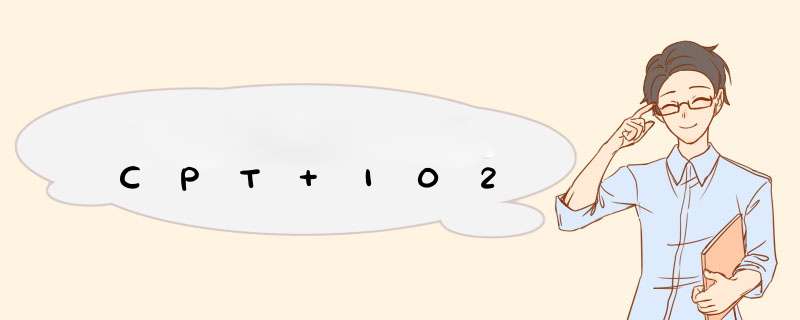
- A recursive function is a function that calls itself directly or indirectly
- Related to recursive problem solving: binary tree traversal (divide & conquer)
- The function knows how to solve a base case (stopping rule)
- A recursion step is needed to divide the problem into sub-problems (key step)
- Need to check for termination
2.1. Design 2.1.1. Base Case
- Number = 0 || Number = 1
- Result = 1
- Number > 1
- Result = Number x (Number - 1)!
-
import java.util.Scanner; public class Factorial { public static void main(String[] args) { Scanner kb =new Scanner(System.in); System.out.println("Enter the number"); int input = kb.nextInt(); System.out.println("Result"+factorial(input)); } public static int factorial(int input){ //input if (input<0){ return -1; } else if (input==0 ||input ==1){ return 1; }else { return input*factorial(input-1); } } }
3. Fibonacci function 【斐波那契数组】
3.1. Design 3.1.1. Base Case
- fibonacci(0) = 0
- fibonacci(1) = 1
- fibonacci(n) = fibonacci(n-1) + fibonacci(n-2)
-
import java.util.Scanner; public class Fibonacci { public static void main(String[] args) { Scanner kb =new Scanner(System.in); System.out.println("Enter the number"); int input = kb.nextInt(); System.out.println("Result: "+fibonacci(input)); } public static int fibonacci(int input){ if (input<0){ return -1; } else if (input == 0){ return 0; } else if (input ==1){ return 1; } else { return fibonacci(input-1)+fibonacci(input-2); } } }
4. Recursion vs iteration
4.1. Recursion vs iteration 4.1.1. Use
- Iteration uses an iterative structure, while \ for
- Recursion uses a selection structure & function calls
- Iteration ends when the continuation condition fails
- Recursion ends when a base case recognized
- Iteration
- Efficient but not easy to design
- Recursion
- Slow (cost memory & processor power) but elegant
- Every recursive function can be rewritten as an iterative function
5. Q & A
- What is the key step in designing a recursive function?
- A recursion step is needed to divide the problem into sub-problems
- Every recursive function can be rewritten as an iterative function. (T or F)
- T
欢迎分享,转载请注明来源:内存溢出

 微信扫一扫
微信扫一扫
 支付宝扫一扫
支付宝扫一扫
评论列表(0条)